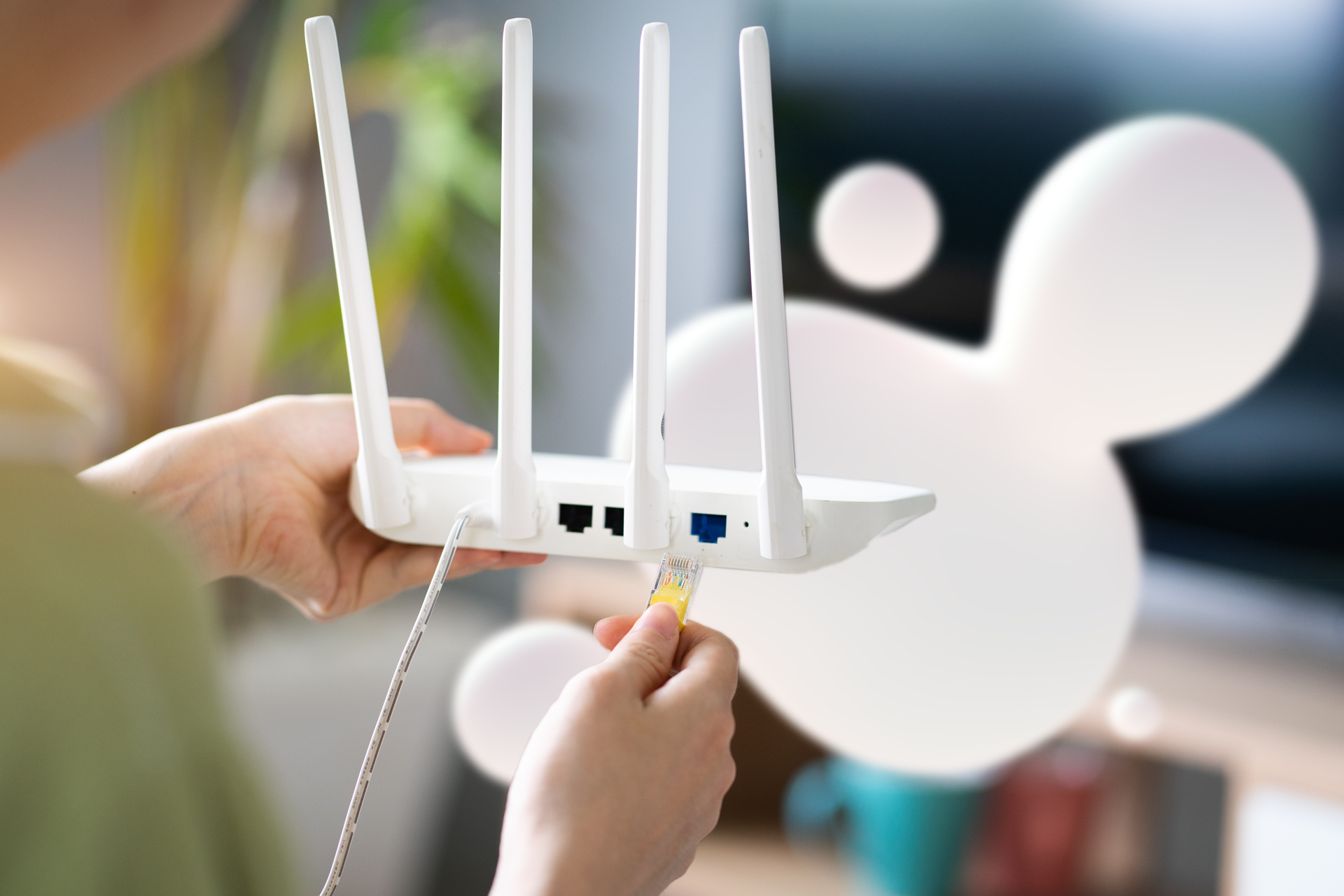It is impossible to deny that today the Internet is a fundamental service in people’s lives. The Internet has allowed us to transcend geographical borders and access all kinds of information in seconds. For this reason, people are constantly looking for an unlimited, fast and stable Internet service that allows them to stay connected practically all the time.
However, despite having the best possible Internet service, problems and failures will always be present. But knowing how to identify their origin, in which cases we can solve them ourselves or when it is essential to contact customer service, are factors that can make the difference between finding a quick solution or having to wait longer than desired, with all the problems that this entails. Therefore, in this article we will analyse the four steps to follow in order to identify the cause of the problem and know how to act.
Slow Internet speed
This is usually one of the most easily identified symptoms of a connection failure. On its own, it does not tell us what the cause of the problem is, as there are several possible causes. Firstly, it is important to carry out a speed test to confirm that we are receiving the contracted speed. If this is not the case, it is up to the service provider to provide a solution.
To carry out these tests, it is necessary to disconnect as many devices as possible from the network and leave only the one we are going to use connected. In this way we will be able to obtain a more realistic value. However, if the speed received is the same as the contracted speed, the problem is probably caused by network saturation. In other words, there are many devices and people connected at the same time and the only solutions are to increase the contracted speed or reduce the number of devices connected.
Is it a general Internet failure or a one-off
Secondly, once we have validated that the contracted speed is not the cause of the problem, we must confirm whether it is a problem that affects different websites, applications and even users or if it only occurs in a specific sector.
This is because, on many occasions, certain applications, pages and programmes can present problems in their Internet connectivity and affect all users. Faced with this problem, there is little we can do and we can only wait for the people in charge to provide a solution.
Another case that may arise is that our Internet company is suffering an incident or is doing maintenance to the infrastructure. We can identify this if other users report the same problem. They usually do so through social networks or pages specialised in reporting the status of these services. In this situation, we should contact the technical service. Even if it is a general problem and has already been reported, it is often better to report that we have also been affected.
Review internal infrastructure
If it is not a global problem and it seems to be only at home that we are having difficulty connecting, it is time to check our network infrastructure. This means that we need to validate both the cabling and that the various devices are properly connected and have no visible physical damage.
Within this review, it is also important to include the devices through which we connect —phones, tablets, computers, etc.—, since the fault may be found specifically in one of them, and we should proceed to repair or replace it, as the case may be.
At this point, it is also important to try to connect our devices both wirelessly and wired in situations where this is possible. This will help us to rule out or confirm a problem with the router or the device’s network card.
On the other hand, if we find an obvious physical fault in the cabling or the network equipment itself —routers and modems— the best alternative is to contact the supplying company, since, unless we have sufficient knowledge and experience to reliably replace the damaged elements, it is best not to try to experiment.
Advanced testing for Internet failures
It is true that there are many tools that allow us to quickly identify a network problem. In addition, it is sometimes enough to change the configuration or update to restore the connection properly. However, it is also true that most people do not have the necessary knowledge to carry out this type of action.
So if, despite trying the above measures, the problem persists or we are unable to identify it, it is time to talk to a professional technician and avoid making modifications as much as possible, since, at any moment, we can significantly complicate the problem.
However, there are problems that Internet providers cannot always solve. For example, homes that are far away from an access point or those that have contracted the service with a company that has an obsolete infrastructure. These may experience much slower surfing and this problem cannot be easily solved.
Therefore, the best alternative is to look for a provider that can offer a better service and that really suits our needs. Nowadays this is easy to achieve, as Internet coverage has expanded considerably and there is more competition in the market.





